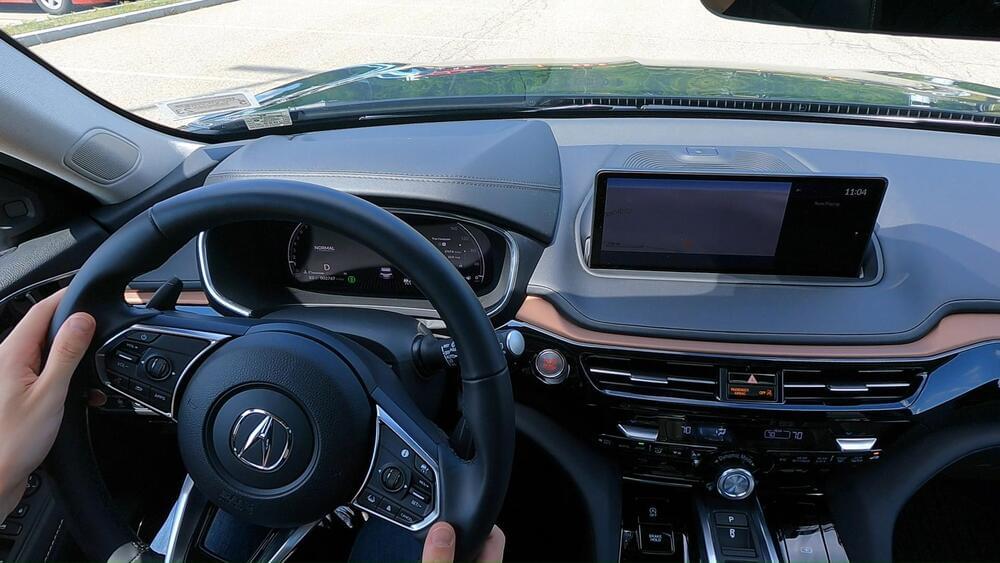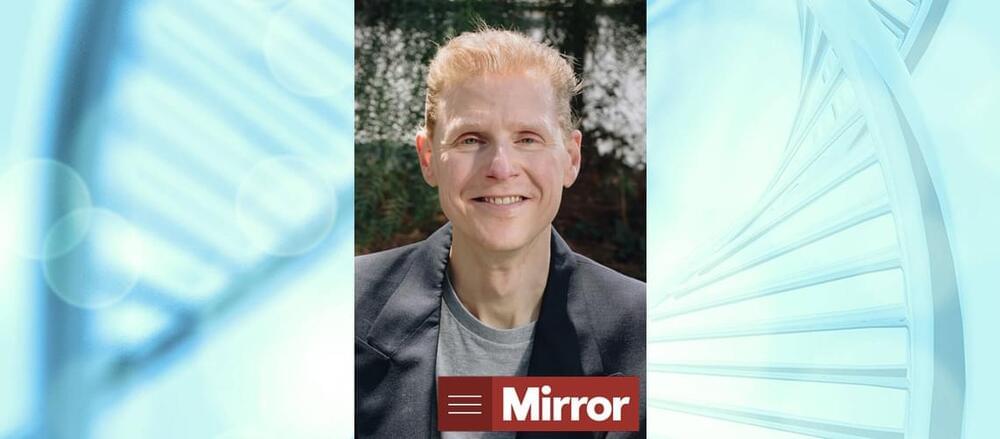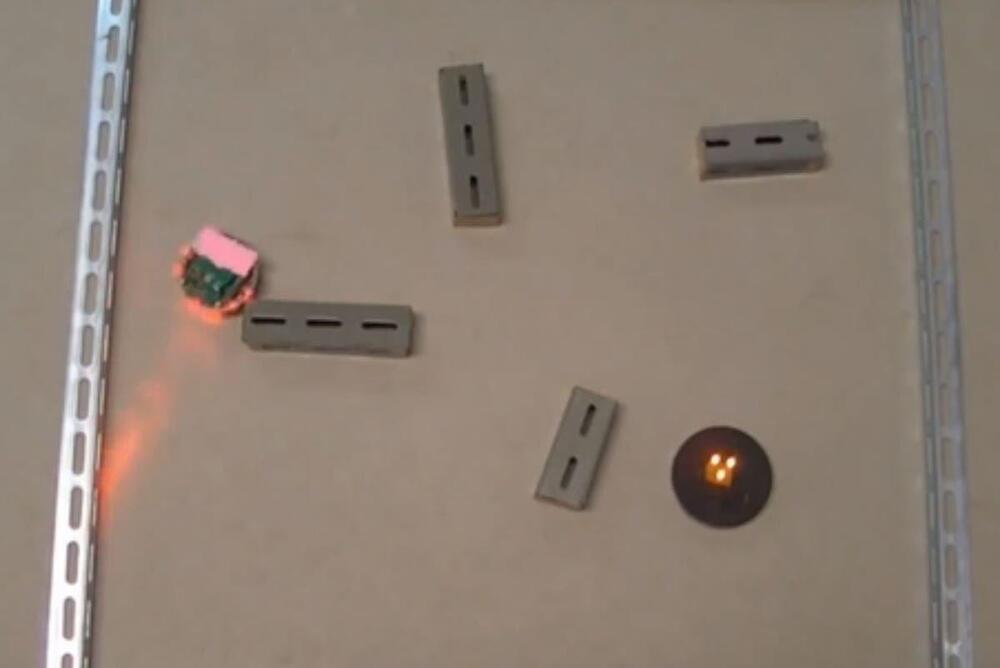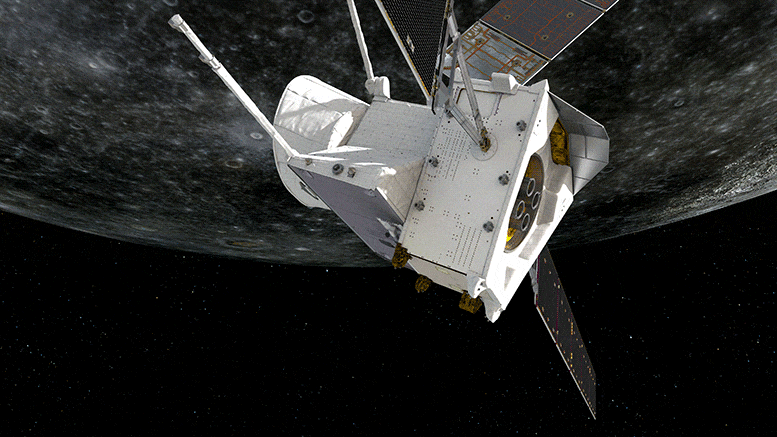Innovation At The Intersection Of Cancer & Aging, Via Digital Health & Behavioral Sciences — Dr. Corinne Leach, Ph.D. American Cancer Society
Dr. Corinne Leach, PhD, MPH, MS, is a gerontologist, digital health strategist, and behavioral scientist, who serves as the Senior Principal Scientist, Behavioral Research, at the American Cancer Society (https://www.cancer.org/).
Dr. Leach, leads survivorship research on behalf of the Population Sciences group, serving as the Principal Investigator of the American Cancer Society (ACS) survivorship cohorts, and as the ACS-lead for the ACS-National Cancer Institute online self-management platform, Springboard Beyond Cancer, a novel eHealth tool that empowers cancer survivors to better manage their cancer-related symptoms, live healthier, and improve their communication skills about cancer (as well as other health conditions), during and after treatment.
Dr. Leach’s cancer survivorship research focuses in the areas of aging, cancer-related symptom assessment, and chronic disease self-management, and her research aims to improve the understanding of: behavioral factors that contribute to healthy aging and the best way to promote them, the unique experiences of older cancer survivors, such as physical late effects and psychosocial issues, and ways to improve survivors’ self-management of cancer-related issues.
Dr. Leach also studies accelerated aging after a cancer diagnosis, including the accumulation of multiple chronic conditions after a cancer diagnosis, and she evaluates the benefits of health behavior interventions, such as chronic disease self-management.







